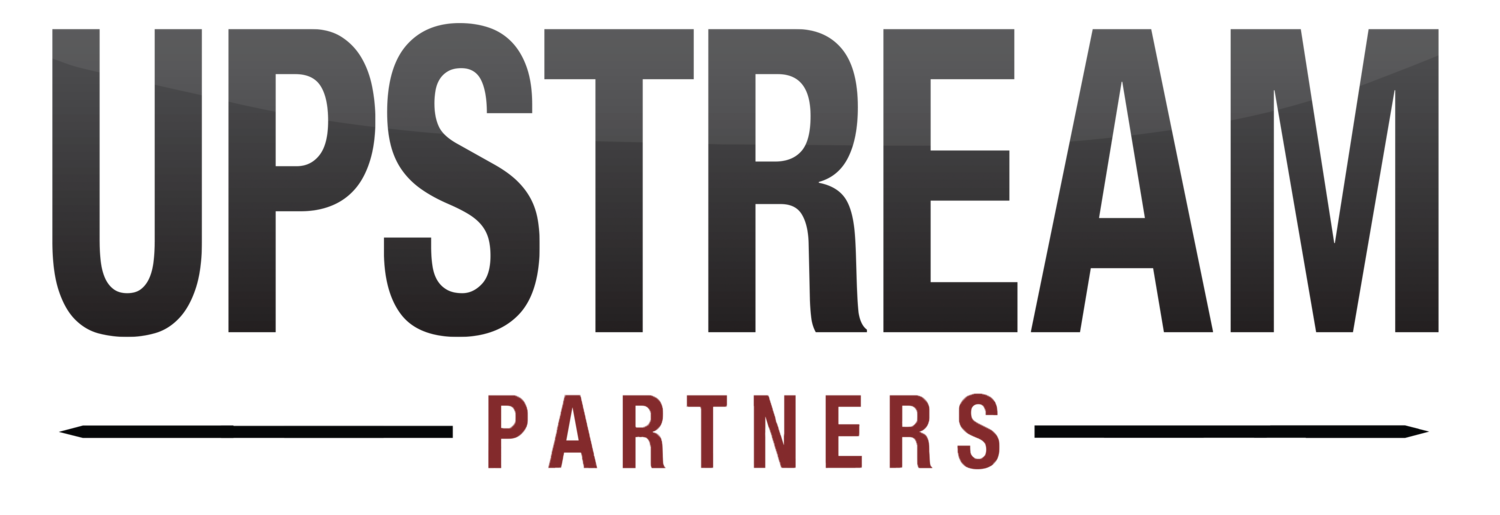Green Jeans?!
BLICKWINKEL/ALAMY STOCK PHOTO (INDIGO PLANT); STEVE GSCHMEISSNER/SCIENCE SOURCE (E. COLI); SHUTTERSTOCK.COM (JEANS)
Synthetic biology has made an impact for decades, helping pharmaceutical, energy, and agricultural companies that use genetic engineering to make custom and difficult-to-build molecules.
A new, custom designed bacteria are poised to make a huge environmental impact on how one of the most popular pieces of clothing, blue jeans, are made. It is estimated that about four billion denim jeans are made each year. In order to meet the world’s ever growing demand for blue denim, clothing and material companies use over 50,000 tons of indigo blue dye each year, in a process that requires the use of toxic chemicals such as formaldehyde and hydrogen cyanide.
From an environmental and health perspective, this is alarming, as much of the harmful waste product ends up in rivers, streams and large bodies of water.
Synthetic biologists are now using a common lab strain of Escherichia coli (E. coli), a bacteria found in the gut of humans, as a chemical factor for the production of indigo dye. The bacteria can be used to produce a compound called indoxyl, to which a sugar molecule is added, turning it into indicant. This can be stored and changed into indigo directly on the cloth when dyeing, by adding an enzyme to the mix.
Microorganisms,such as e. coli, can be genetically modified for a number of purposes. Upstream is regularly engaged in the licensing of such materials for commercial use and production.
Click here to read more about researchers at University of California, Berkeley engineering bacteria to produce the indigo dye.

